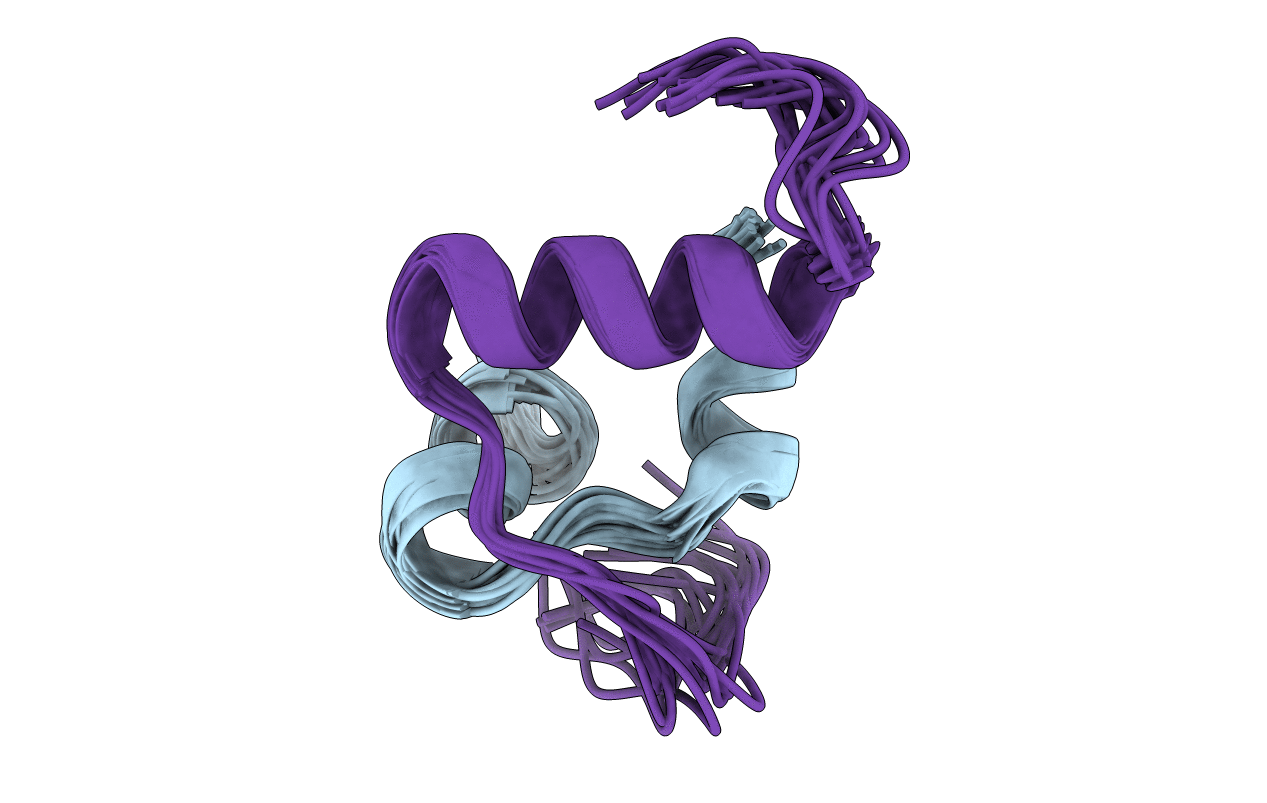
Deposition Date
2008-03-17
Release Date
2008-04-08
Last Version Date
2024-11-20
Entry Detail
Biological Source:
Source Organism:
Method Details:
Experimental Method:
Conformers Calculated:
50
Conformers Submitted:
20
Selection Criteria:
structures with the lowest energy


